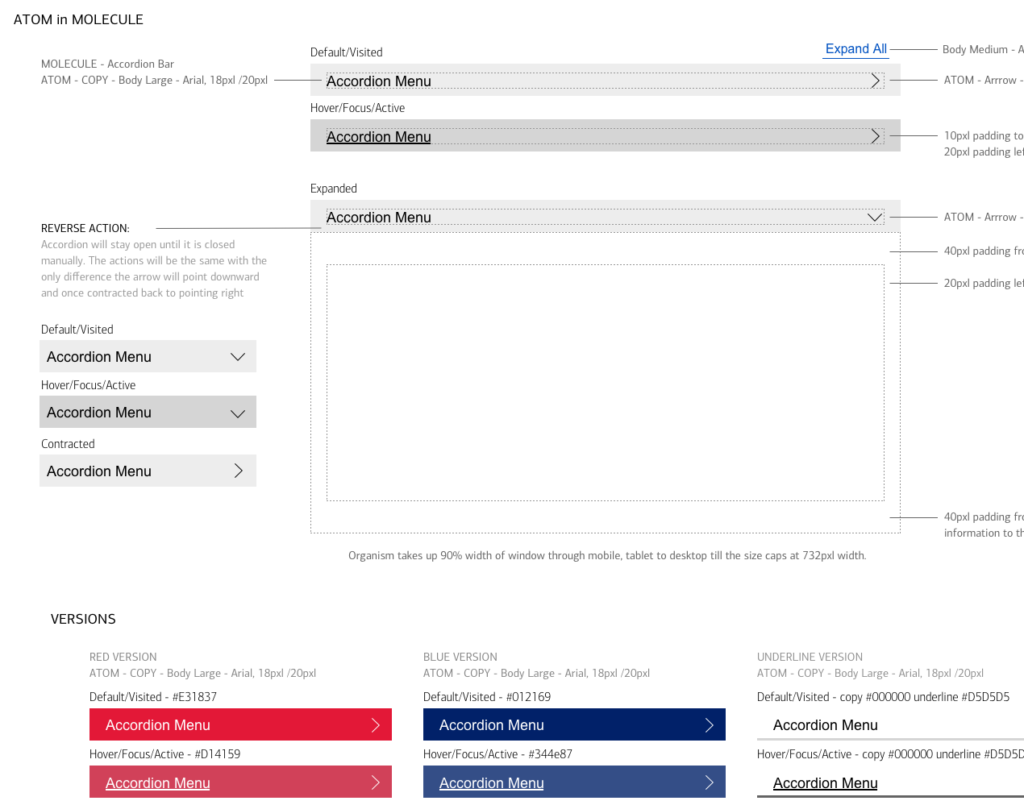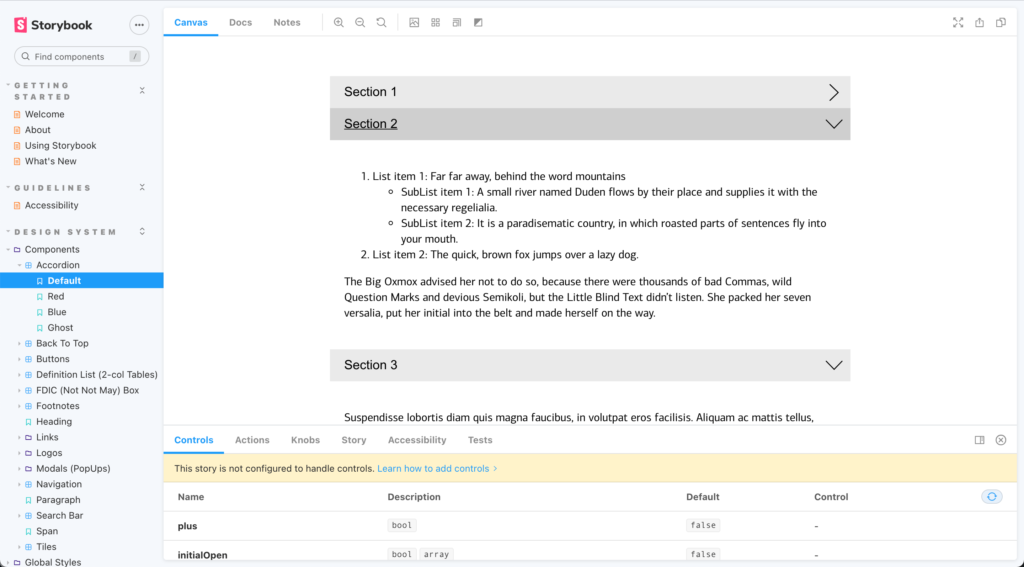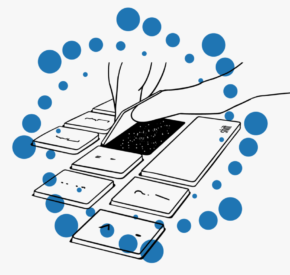A Design System Template: Simple. Collaborative. Transformative.
Tamman built a scalable, accessible design system through collaboration

Reducing your time to market for your digital products can make all the difference. Our client needed a system to navigate the myriad legal, security and workflow variables to increase speed from conception to delivery. We partnered with them to develop an atomic design and development system to do just that and to ensure each asset was accessible along the way!
The Challenge
Our client had dozens of partners, each needing its own site that required differentiation of benefits, custom language, variable options in messaging and visual characteristics, as well as unique complex legal language.

The Solution
- Tamman set to work identifying ways to increase time to market by creating repeatable design components that designers could choose from using the atomic design model
- This required a comprehensive approach to training and collaboration between major groups of stakeholders including product owners, developers, and designers
- Tamman established a rhythm within the groups that intentionally built components from design through development

Start a Project
Accessibility Solutions
Empowerment of others and working on the details matter to us. Let us help turn your great idea into something even greater. Take the next step and let’s chat!
The Result
The big win on this project was that time to market decreased dramatically with the creation of repeatable and recurring elements. Each element received pre-approval and did not have to continually go through the same hurdles for each new partner site. As deadlines were consistently looming, Tamman needed to work fast and think forward to meet the existing needs while setting up the new system. It should go without saying, but of course accessibility was built in at the outset thereby decreasing the burden on QA and remediation down the line.





